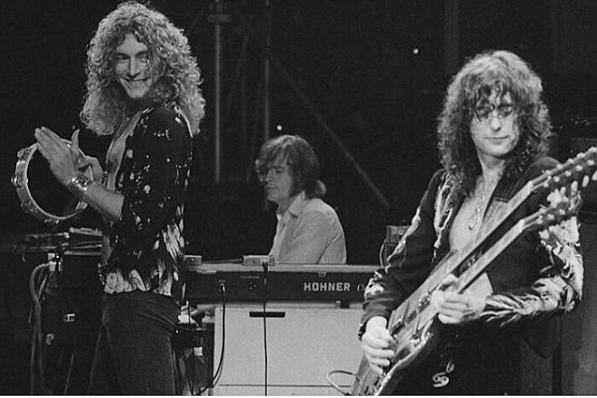Is current rock dead today? No, rock will never die, as Neil Young said in one of his songs. What happens is that it was born in the 50s, it reached its climax of creativity, attitude, originality, and experimentation in the 60s and 70s, and from there (especially since the late 80s) everything is recycling because there really is nothing to invent at the instrumental, melodic, rhythmic level in rock and pop.
Perhaps some poorly made mix, so motley and pretentious, which on the other hand was already made at the end of the 60s, but instrumentally rock has nothing original for those who have shaved for twenty years.
In the midst of changes in the modes of production, distribution, and consumption, the emergence of new genres with which the younger generations feel identified and new paradigms that question traditional behaviors that served as a kind of “style manual” in their protagonists, rock culture is at a crossroads in which it must define modifications and continuities.
It happens that since the late ’50s, a few years after its emergence on the scene, rock cyclically supports the voices that affirm that it has become a kind of “dead language”, that it no longer has anything new to offer and that must give way to new currents.
The first thing we’d realized at this moment and observed on what is happening in the music scene. We find three things. On the one hand, we see rock “dinosaurs” that for years did not generate anything new, but lived on past glories. On the other, good bands that follow the traditional “rocker” line but do not explode, or bring freshness, or have that call of the ’80s and ’90s. Finally, medium hair bands that generate a certain cult, luckily or a good commercial move, but whose life hangs on the thread of the hit of the moment.

